Getting Your Head Around Fascinating Delhi
Coined the city of djinns by writer William Dalrymple, Delhi can easily overwhelm any traveler, from the first timer to the seasoned visitor. However like many other places in the world, the best way to understand India’s capital is to experience it. Delhi is a vast city that is crammed with tourist attractions, including three UNESCO World Heritage sites. Once you keep your head on, visiting Delhi can become one of your most unforgettable travel experiences.
The Mughal Capital
Old Delhi, formerly known as Shahjahanabad, was once the seat of Mughal power and influence. It’s now home to three major tourist destinations: Red Fort, Jama Masjid and Chandni Chowk.
Red Fort is one of Delhi’s three UNESCO World Heritage Sites. Also known as Lal Qila, the fort is a stunning, sandstone structure built by Mughal emperor Shah Jahan in 1648. When India became a British colony, the colonial government converted parts of the fort into army barracks. Within the 18-meter-high fortress walls, there remains many of the fort’s original buildings including Diwani-I-Am (the Hall of Public Audience) and Diwan-I-Khas (the Hall of Private Audience).
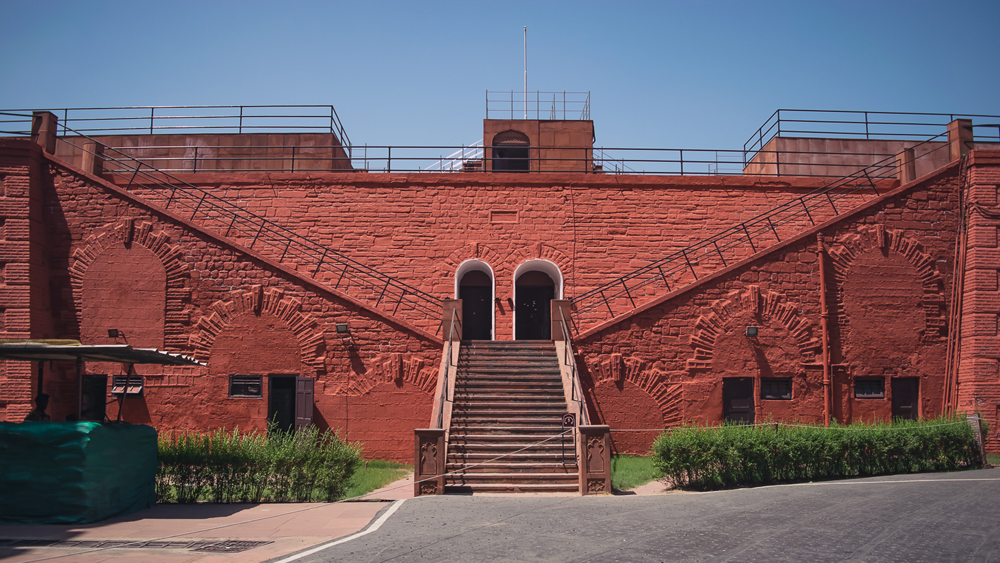
Jama Masjid was also built by Shah Jahan in the 17th century. Today, the massive sandstone and marble structure is the largest mosque in India. In front of the mosque’s main building, there is a vast courtyard that can hold up to 25,000 people.
Although entrance to the mosque is free, visitors with cameras are still required to pay a small fee. If you plan to go, you should ensure that you’re covered from head to toe, especially if you’re female. Otherwise, you’ll have to wear one of the mosque’s rental robes.
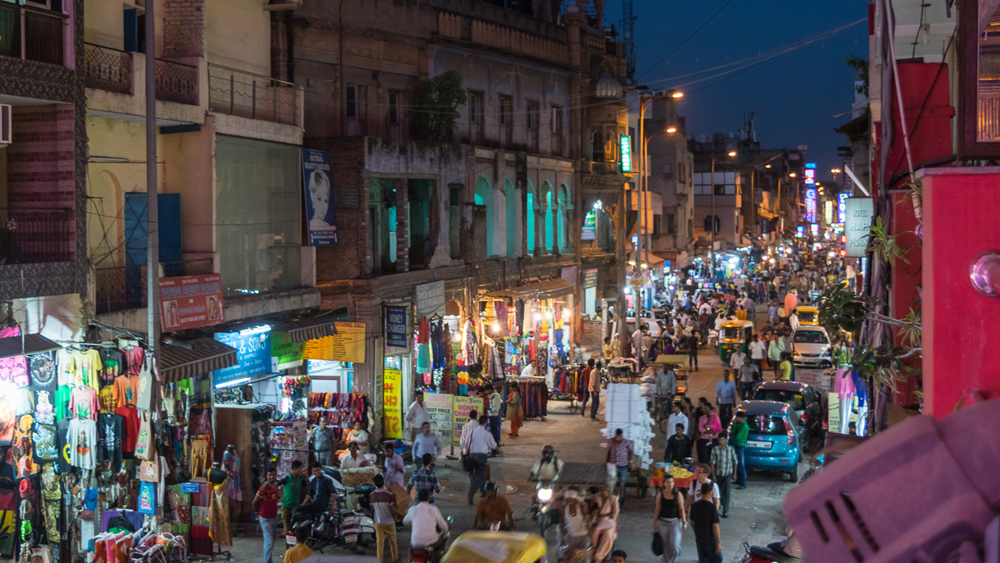
Chandni Chowk, which can be translated as “moonlit square,” is quintessentially Old Delhi. Built by Shah Jahan’s daughter, for over three centuries this city market welcomed vendors from all parts of the world. You can find almost anything in its densely packed, narrow alleyways, including books, jewelry, spices, fabrics and souvenirs. Popular with the locals, it’s a great place to soak up Delhi’s bustling atmosphere.
Fine Architecture and Shopping
South Delhi is home to stunning architecture from different historical periods. Here you can find two major UNESCO Heritage sites, Qutub Minar and Humayun’s Tomb, as well as the more modern gem, the Lotus Temple.
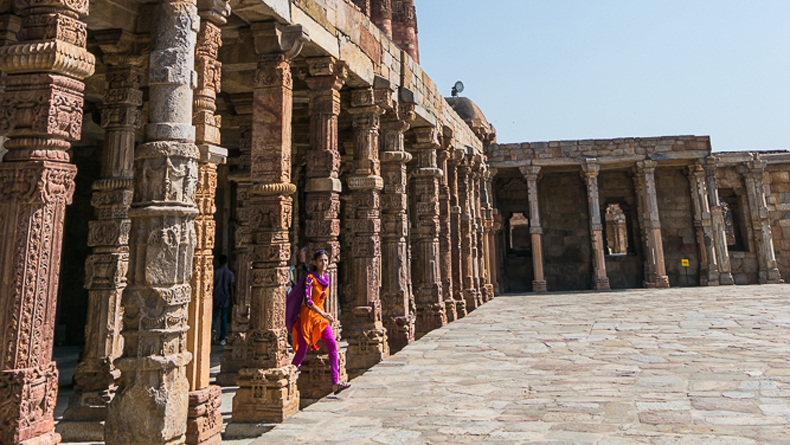
Qutub Minar is a sprawling complex of ruins. The main attraction is a 72.5-meter sandstone minaret that was used for the muezzin’s call to worship. At the foot of the tower is Quwwat ul Islam, India’s first mosque. The ruins are excellent examples of Indo-Islamic architecture, featuring intricate designs carved in the sandstone walls, pillars and archways. There’s also a seven-meter-high iron pillar on site. Legend says that if you turn your back to it and wrap your arms around it, your wish will come true.
Built in 1988, the Lotus Temple is one of Delhi’s most popular recent attractions. The reason it’s called the Lotus Temple is because its roofs resemble several open lotus petals. The Baha’i house of worship is a great example of modern architecture. Entry is free but the temple is closed on Mondays.
Humayun Tomb, India’s first garden tomb, was built in 1565 by Haji Begam, the widow of Humayun, the second Mughal emperor. It introduced the concept of charbagh, or four-cornered gardens, into Mughal architecture. This mausoleum also inspired the construction of Shah Jahan’s masterpiece, the Taj Mahal.
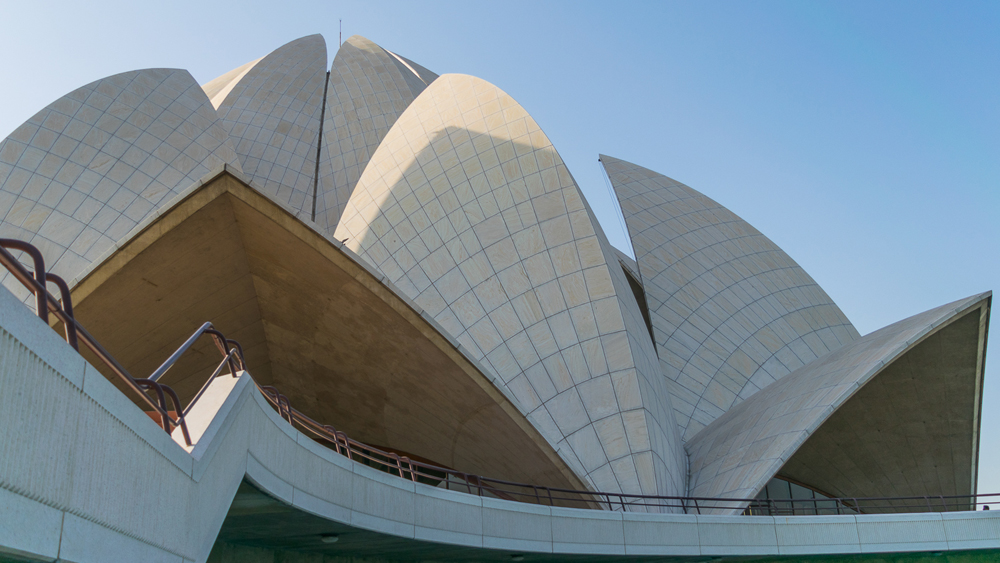
South Delhi is also the home of Dilli Haat and Hauz Khas, both shopping meccas for anyone interested in buying high quality, authentic Indian goods. Dilli Haat is a sprawling market where craftsmen from all parts of India come to sell their wares. It’s the best place to get authentic Indian handicrafts and to try local foods from different regions. Before you enter, you have to pay a small fee. Hauz Khas is an upscale shopping district known as “the national capital of ethnic chic.” Here you can find high quality carpets, designer clothing and jewelry.
An Oasis of Calm
India Gate and Lodhi Garden are located in New Delhi, in the heart of the capital. India Gate is a war memorial that primarily honors the lives of thousands of British and Indian soldiers who fought during World War I. Designed in 1921, the 42-meter-tall arch stands directly opposite the Parliament building. India Gate is also incredibly clean and quiet, making it one of Delhi’s popular picnic spots.
Lodhi Garden is a world within a world. This surprisingly green oasis in the heart of the crowded city is frequented by local couples. It was built during the 15th and 16th centuries as the final resting place for members of Delhi’s ancient ruling dynasties, the Lodhi and Sayyid families. Spanning a massive 90 acres, the park is the perfect escape from Delhi’s dust and noise. You can sit under the shady trees, spy on the wild chipmunks, or sip some fresh coconut juice straight from the nut.
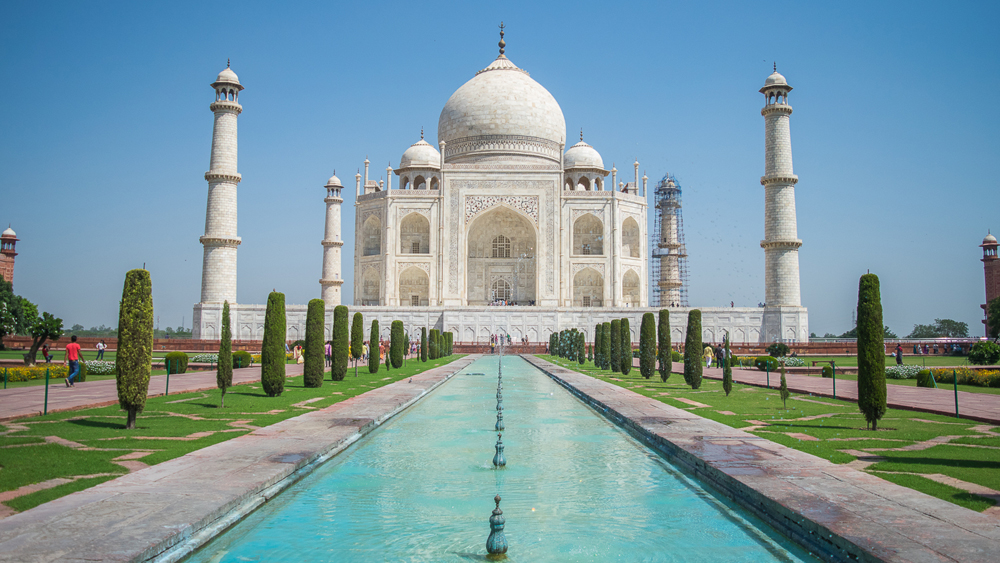
The Jewel in the Indian Crown
Although not located in Delhi itself, the Taj Mahal is very accessible from the capital city. If you take the Yamuna Expressway, a 266-kilometer-long private highway, you can get to Agra in a couple of hours. When you get to the Taj Mahal, you have to buy tickets at one of the tourist centers near the monument. Golf carts from the tourist centers then take you straight to the site. You cannot bring your own food and drinks, big bags, books, newspapers or tripods into the Taj Mahal complex. However, for the price of admission, you will receive a small bottle of water and some disposable shoe covers to enter the mausoleum. It’s important to remember that the monument is closed on Fridays and during Ramadan.
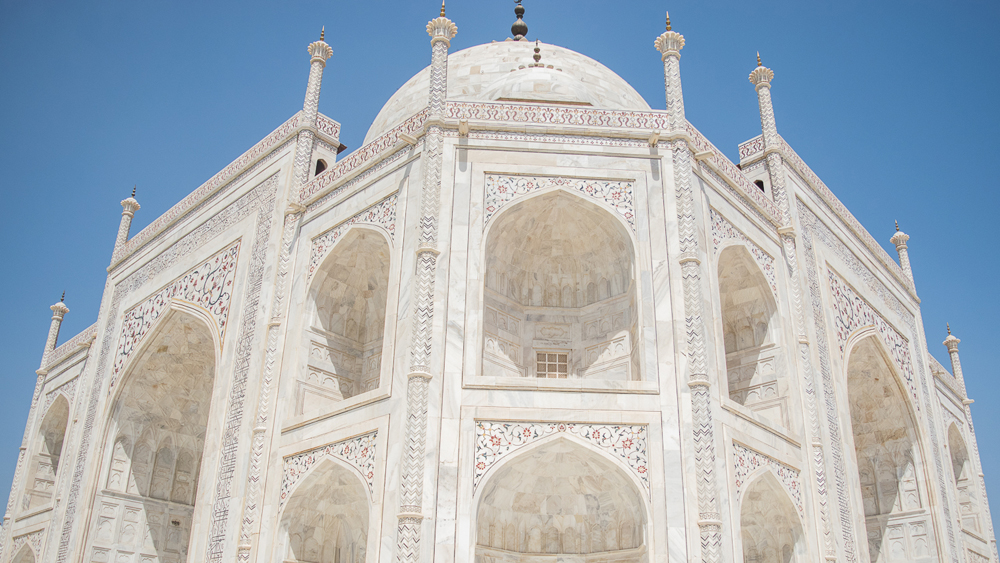
The Deets
Getting there: Several airlines fly from Narita to Indira Gandhi International Airport, Delhi. Take a prepaid taxi from the airport to Central Delhi.
Getting around: The best way to get around Delhi is by private taxi. A cheaper alternative is to use the Delhi Metro, which has women-only carriages. There’s also the Hoho Delhi Sightseeing bus, a hop on, hop off tourist bus that takes you to over 20 tourist destinations and offers one- or two-day passes. To get to Agra, it’s also recommended to hire a private taxi. The taxi fee will include highway tolls.
Some more tips: Delhi gets very hot during summer and very cold and smoggy during winter. The best time to visit is from January to March and October to November. Women should not travel alone, especially at night, and should cover up to avoid male attention. Also as a tourist, you may be hassled by touts. Just politely ignore their advances. Visitors should only drink bottled water, avoid street food and eat only well-cooked food from reputable restaurants.
Photos by Jesse Ramnanansingh.


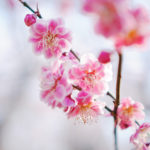

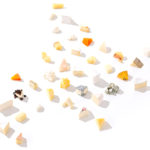
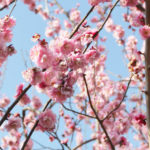






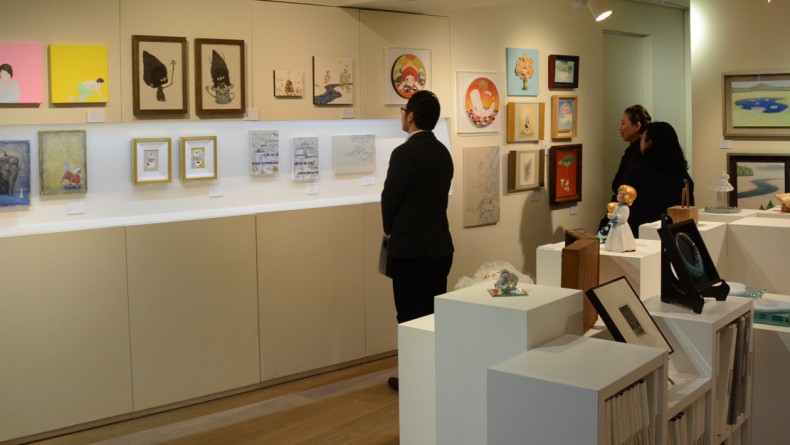


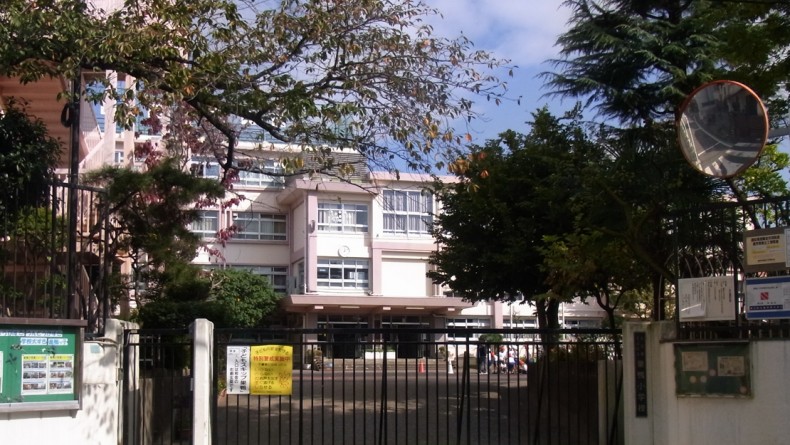
Leave a Reply